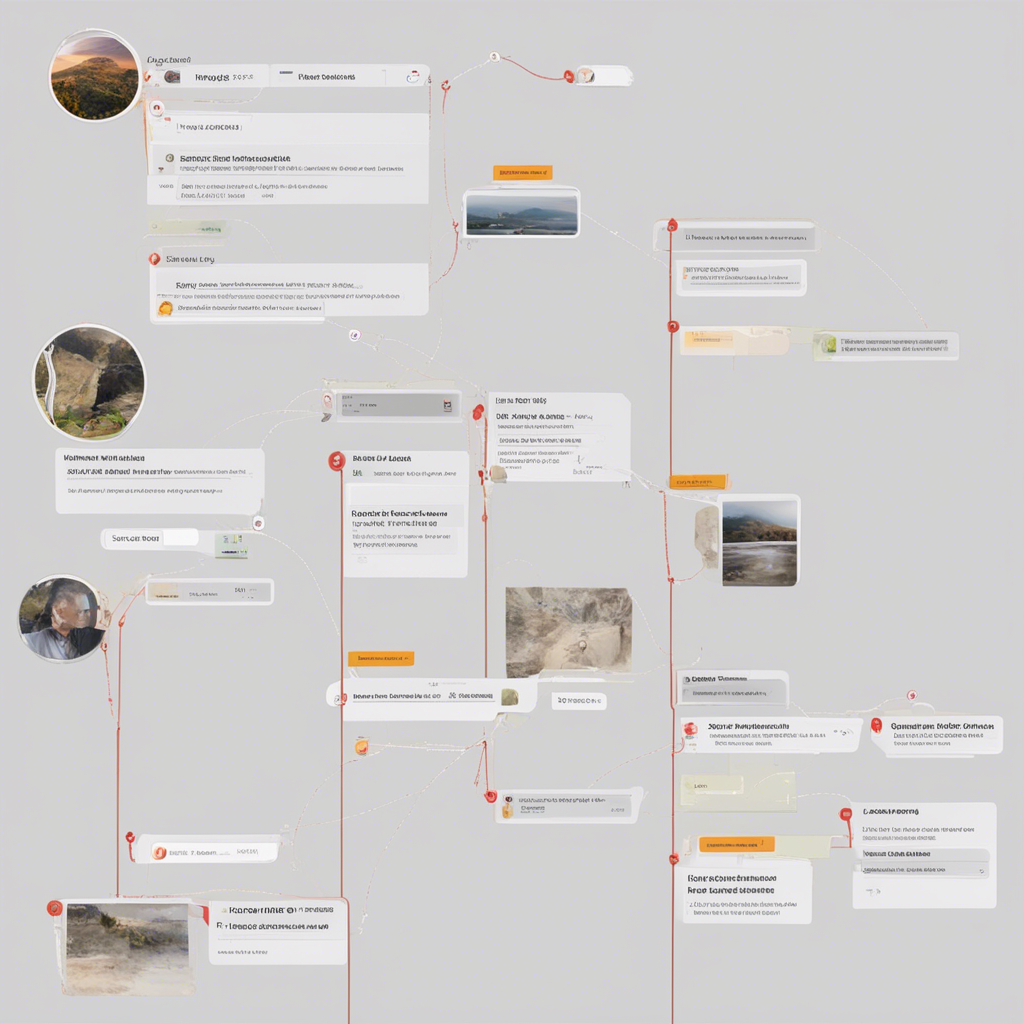
Effective Strategies for Managing Remote Tech Teams
In recent years, the remote work trend has been on the rise, and this shift has been particularly evident in the tech industry. With the advancements in communication technologies, companies are increasingly adopting flexible work arrangements to attract and retain top talent. Managing remote tech teams comes with its own unique set of challenges and requires careful planning and implementation of effective strategies. In this blog post, we will explore some strategies that can help managers effectively navigate the complexities of remote tech team management.
1. Clear Communication Channels
One of the fundamental aspects of successful remote team management is establishing clear communication channels. Utilizing a combination of synchronous and asynchronous communication tools can help bridge the distance between team members. Video conferencing platforms like Zoom, Slack, and Microsoft Teams can facilitate real-time communication, allowing team members to collaborate and discuss technical challenges together. Additionally, project management tools like Trello, Asana, or Jira can be employed to track progress, assign tasks, and keep everyone on the same page.
2. Set Clear Expectations
Remote tech teams thrive when expectations are clearly defined. When working remotely, it’s essential to establish clear goals, objectives, and deadlines for each team member. Providing detailed project briefs and outlining expectations can help minimize misunderstandings and ensure that everyone is aligned with the team’s overarching objectives. Regular check-ins and follow-ups can be conducted to ensure progress is being made and to address any concerns or roadblocks in a timely manner.
3. Foster a Culture of Trust and Autonomy
Trust is the cornerstone of a successful remote tech team. Empowering team members to take ownership of their work and providing them with the autonomy to make decisions can boost productivity and motivation. Regularly recognizing and rewarding team members for their achievements can help foster a positive work culture. Encouraging collaboration and knowledge sharing through virtual team-building activities like online brainstorming sessions or virtual social gatherings can help strengthen team bonds and promote a sense of belonging.
4. Utilize Virtual Collaboration Tools
In order to effectively manage remote tech teams, it’s crucial to leverage the right virtual collaboration tools. These tools can facilitate seamless communication, enhance productivity, and streamline project management. Here are some popular tools that can be utilized:
- Git: Version control and collaboration tool for software development projects.
- GitHub: A web-based hosting service for Git repositories, offering collaboration features and project management capabilities.
- Google Drive: A cloud storage and file-sharing platform that allows remote team members to collaborate on documents, spreadsheets, and presentations in real-time.
- Notion: A versatile tool for project management, note-taking, and team collaboration, offering a range of features including task boards, databases, and wikis.
5. Establish Effective Time Management Practices
Working remotely often comes with the flexibility of setting your own schedule, but it’s important for remote tech teams to establish effective time management practices. Encouraging team members to maintain consistent working hours and setting boundaries to prevent overworking can help prevent burnout and ensure a healthy work-life balance. Utilizing time-tracking tools like Toggl or RescueTime can help monitor productivity and identify areas for improvement.
6. Regular Team Check-ins and Status Updates
Regular team check-ins and status updates are crucial for maintaining transparency and keeping everyone informed about project progress. Implementing a regular cadence of virtual meetings, such as daily standups or weekly team syncs, can help ensure that everyone is on the same page. However, it’s important to strike a balance between effective communication and over-communication, as excessive meetings can become disruptive and hinder productivity.
7. Provide Continuous Learning and Development Opportunities
Remote tech teams thrive when there are opportunities for continuous learning and development. Encouraging team members to pursue online courses, attend webinars, or participate in virtual conferences can help them stay updated with the latest industry trends and technologies. Investing in professional development not only benefits individual team members but also enhances the overall performance and expertise of the team.
8. Foster a Healthy and Supportive Work Environment
Promoting a healthy work environment is essential for the well-being and productivity of remote tech teams. Encouraging team members to take regular breaks, practice self-care, and maintain a healthy work-life balance is crucial. Additionally, fostering open lines of communication and providing resources for mental health support can help create a supportive work environment where team members feel comfortable seeking help when needed.
Conclusion
Managing remote tech teams effectively requires a combination of clear communication, trust, effective collaboration tools, and a supportive work environment. By implementing these strategies, managers can navigate the challenges of remote team management and ensure that their tech teams thrive. Remember, each team is unique, and it may take time and iteration to find the right combination of strategies that work best for your specific team.






